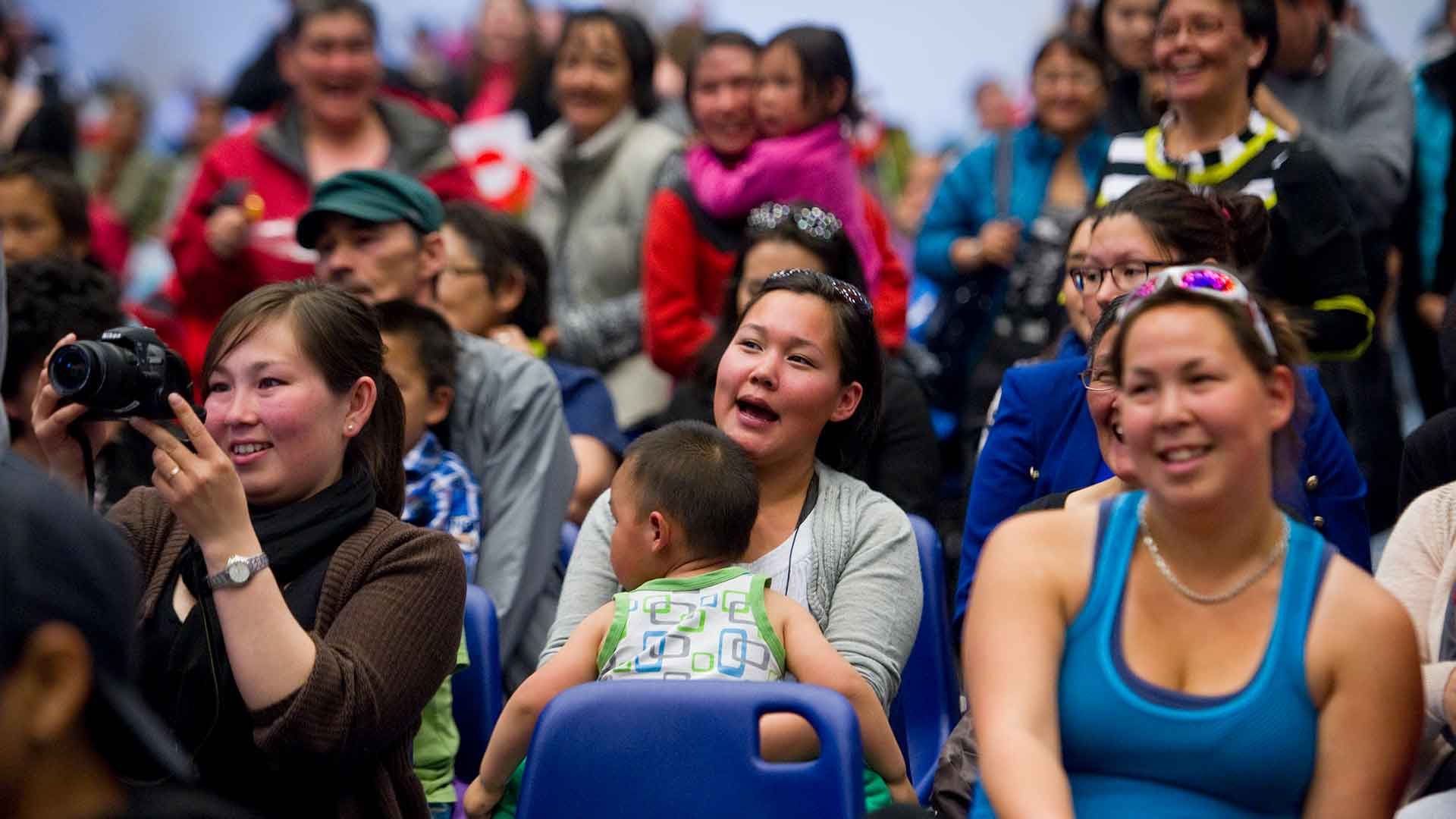“We want ‘our own’ to make up a larger percentage of the researchers conducting research in the country in the long run,” says Inge Høst Seiding, one of four board members from Greenland.
This article was originally published in the information newspaper “Forskning til alle” in collaboration between Arctic Hub and Sermitsiaq.AG.
When faced with the term, ‘polar research’, most people think of climate change. Ice, snow, darkness, and extreme cold. Researchers fighting for new insights into global warming in a merciless landscape.
But that’s not the only kind of research being conducted in Greenland.
Just ask the Head of Ilisimatusarfik, Inge Høst Seiding, who is appointed to the Arctic Hub board. She’s one of the Greenlandic members, and one of her roles will be to represent humanities research—disciplines like cultural studies, languages, anthropology, and history.
“Altogether, this is the least researched field in Greenland. But it’s also the one that seems most involved and intimate because it’s about people,” she says.
What do regular Greenlandic citizens stand to gain from Arctic Hub?
“Better insight into and ownership of the research that’s all about them, their society, and the nature around them,” Inge Høst Seiding replies and continues,
“Ideally, the knowledge they receive should be accessible in a relevant and useful way. This communication should start before the research commences, and it could even mean involving the citizens in the process. It might sound quite simple, but it’s absolutely essential—and it can be difficult to make it happen. But the Hub was created to facilitate that kind of impactful research, and the Hub will make every effort to move towards that model.”


